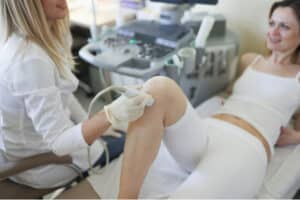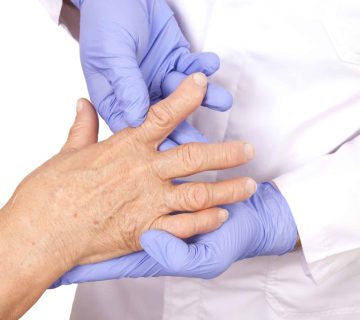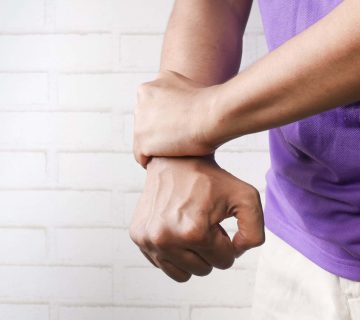
Why Joint Pain Increases with Age
Our joints are made of bone, cartilage, and fluid. Each of these is integral to the function of the joint. Young joints are well lubricated with fluid and buffered with cartilage to keep the bones moving smoothly and without pain. This is why we don’t tend to notice many joint pains when we’re young. As we age, the cartilage wears away and the body doesn’t continue producing the necessary fluid in the quantities it once did. These two changes combine to present extra stress on the joint. The condition may be referred to as osteoarthritis, the general aging of the joint space. When pain occurs, it can be helpful to rest, ice, and take anti-inflammatory medication as directed. Due to the progressive nature of joint degradation, however, these remedies may not suffice in supporting the joint going forward.
How PRP Can Ease Joint Pain
It has been exciting to see how the fields of sports medicine and orthopedics have changed as a result of research involving platelet-rich plasma. Whether you have been diagnosed with osteoarthritis or not, this modality can be helpful in allowing you to live more actively and comfortably. Platelet-rich plasma, PRP, is not only an anti-inflammatory treatment, it is considered regenerative. PRP is derived from your own blood. The provider obtains this “liquid gold” that contains numerous growth factors by drawing blood from your arm. The blood is processed in a way that separates the plasma from the red blood cells and other fluids. The PRP is then injected into specific points around or in the joint as needed to stimulate healthy cell regeneration. Depending on the severity of joint deterioration, a variety of modalities may be recommended for optimal improvement.
Using PRP, it becomes possible to:
- Increase joint function
- Reduce pain
- Improve mobility
- Enhance the quality of the cartilage in the joint
The ways in which you support your aging joints may change over time. To learn more about platelet-rich plasma and how it can enhance your joint function, contact Orthopedic Associates of Long Island. We have seven locations to serve you!


